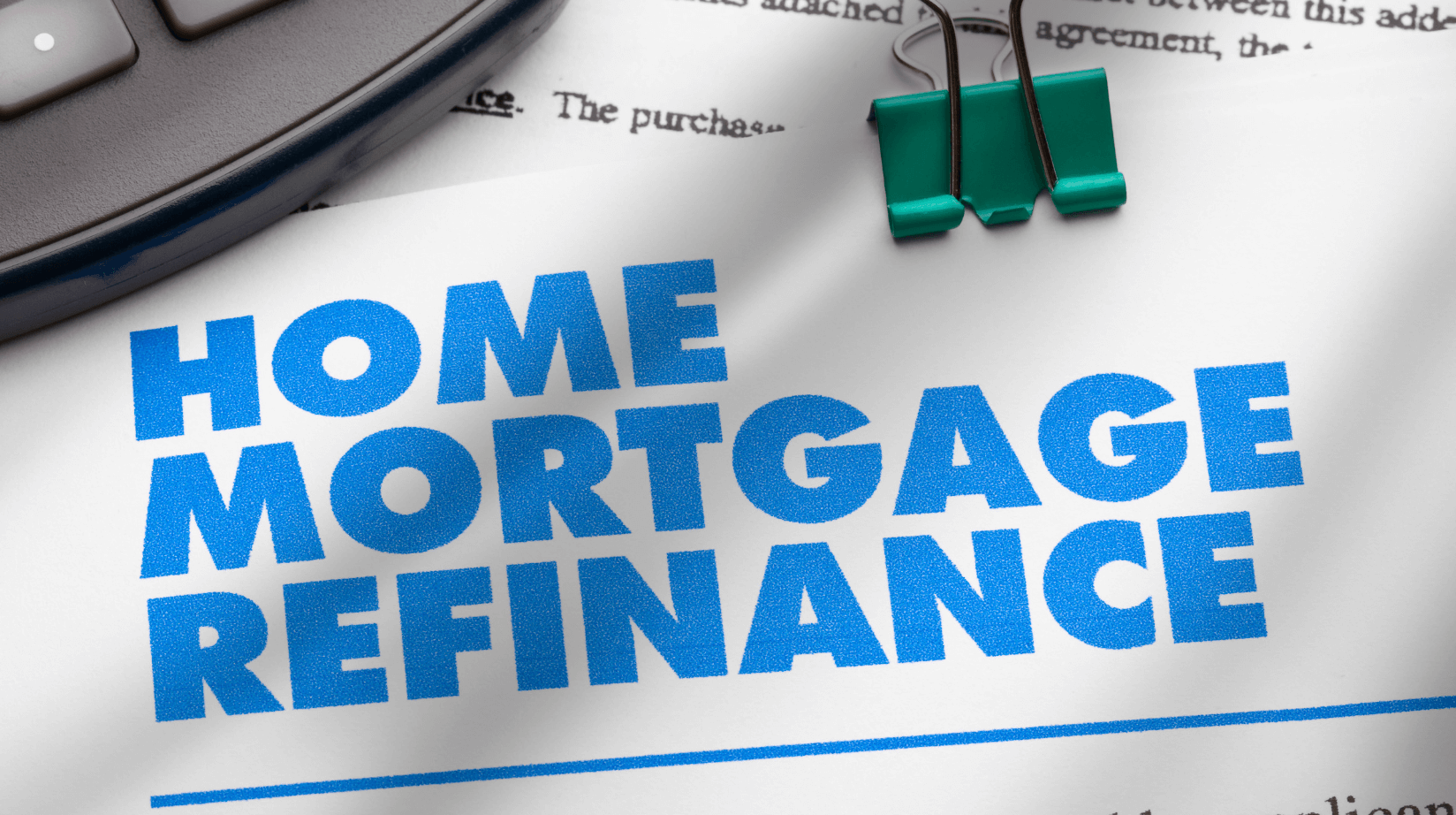What does the bank determine as ‘Genuine Savings’?
What is ‘Genuine Savings’?
This is where the lender requires you, the borrower, to demonstrate that you have saved gradually by yourself typically 5% of your purchase price.
Ex.
Property purchase price: $1,000,000
Required Genuine Savings: 5% of the property purchase price
Therefore, to satisfy the banks minimum conditions of genuine savings, you will need to demonstrate that you have progressively saved $50,000 over a period of at least 3 months.
Why does the lender want to see genuine savings?
The lender wants to see if you have good saving conduct over time to have some comfort that you can afford to make your monthly repayments. This is also a good reality check for borrowers because getting into a home loan is a big commitment so it is important that you borrow only what you can afford.
How do I demonstrate genuine savings?
This depends on the lender because each lender has its definition and requirements when demonstrating genuine saving. There are several ways that you can show genuine savings, which can include:
- Lump-sum savings held at least 3 months
- Term deposits held for at least 3 months
- Consistent savings over-time such as apportioning your salary to a savings account
- Cash gift held for at least 3 months
- Inheritance funds held for at least 3 months
- Shares or managed funds held for more than 3 months
- Rental Ledger (most lenders will require 12 months’ worth of history, but some lender may consider 3 months of rent if it is paid on time)
- Equity in an existing property
- Salary sacrifice to your First Home Super Saver Scheme account
- Proceeds of sale from another property
As a rule of thumb, any lump sum savings received must sit in your savings account for a minimum of 3 months to be counted toward your genuine saving contributions.
How do I know if I need to show genuine savings?
This rule generally applies if you are borrowing more than 85% of the property value. Some other lenders that only require you to show genuine savings if you are borrowing more than 90%.
What is not considered genuine savings?
There are a couple of items that lenders deem as non-genuine savings:
- Lump-sum savings (such as bonuses or tax refunds) held less than 3 months
- Inheritance
- Sale of an asset (such as a vehicle)*
- Cash gift held for less than 3 months
- First Home Owners Grant
- Borrowed Funds such as personal loan
- Any rebates or incentives from builders
*Except for sale of a property. This can be considered as part of genuine savings.
What can I do if I do not qualify for genuine savings condition?
- You can wait out the required 3 months before application (the time starts from the date you received the lump-sum payment)
- You may consider having a security guarantor from parents to help reduce your overall borrowing against the purchasing security to below 85%
- Consider other lenders that would consider non-genuine savings as a deposit
- Use another property that you own to bring down your LVR to help reduce the amount borrowed to be less than 85% of the purchasing property
There is a lot to consider when it comes to non-genuine saving policy so it is important to speak with a mortgage broker to work out which options would work best for you.
What are the common savings mistakes when it comes to saving for a property?
The following are common misconceptions about saving up for genuine savings:
- Placing your savings in a savings accounts outside Australia. This is usually the case for borrowers that are on subclass 457 business visas.
- Lending money to family and friends. For savings to be considered ‘genuine’, your savings needs to be held in your name for a minimum of 3 months.
- Giving your savings to a family member to save on your behalf. Lenders require the savings to be in your account for a minimum of 3 months.
- Setting aside your savings and putting it in a safe instead of depositing it into the bank
As a rule of thumb, you need to be able to provide a paper trail for any money you use as genuine savings and held in your name. Some lenders may still accept some of the scenarios above in very limited circumstances if you can evidence the paper trail and the lender is comfortable that the money is transferred is used for savings purposes.
Are there any restrictions with applying for a non-genuine home loan?
Lenders that offer non-genuine savings home loan generally requires the borrower to satisfy strict lending restrictions to qualify for the product. Although different lenders have a different set of conditions, we have outlined some of the limitations with non-genuine savings:
- The borrower must be in his/her current employment for a minimum of 6 months.
- The purpose of the loan may be restricted to buying an owner-occupied property only.
- The need to meet a certain minimum threshold (e.g. a minimum of $100,000.00 if it is a single applicant or $180,000.00 for joint applicants).
- The borrower is unable to use the product for home and land packages, rural properties that exceed 2.2 hectares and vacant land.
- Lenders may require the borrower to satisfy a higher debt servicing ratio* or use a higher assessment interest rate to work out your affordability.
- The borrower must have a clear credit history with high credit scores.
- The interest rate on non-genuine savings product tends to be higher.
- Postcode restrictions on where the property is located may apply.
- Limitations on how much the borrower may borrow e.g. maximum loan amount with certain lenders are capped at $700,000.00.
*Debt servicing ratio (DSR) is a measure of how much debt your income can support. Lenders typically require the borrower to have a DSR of 1 however non-genuine product may require the borrower to have a minimum DSR of 1.25.
There are some exceptions to these rules. Speak with a mortgage broker to explore your options.
Do I still pay Lenders Mortgage Insurance (LMI) if I apply for non-genuine savings home loan?
Yes. Applying for a non-genuine savings product means you will be borrowing 95% of the property value. Most lenders will apply Lenders Mortgage Insurance (LMI) if your Loan to Value ratio (LVR), which is how much you are borrowing against the property, is greater than 80%. This can be added on top of the loan and paid over a 30-year loan term.
Diamond Finance
Cameron Beattie
0402 888 060
cameron@diamondfinance.net.au
www.diamondfinance.net.au
** General Advice Warning
The information provided on this website is general in nature only and it does not take into account your personal needs or circumstances into consideration. Before acting on any advice, you should consider whether the information is appropriate to your needs and where appropriate, seek professional advice in relation to legal, financial, taxation, mortgage or other advice.




